The Architecture of Power
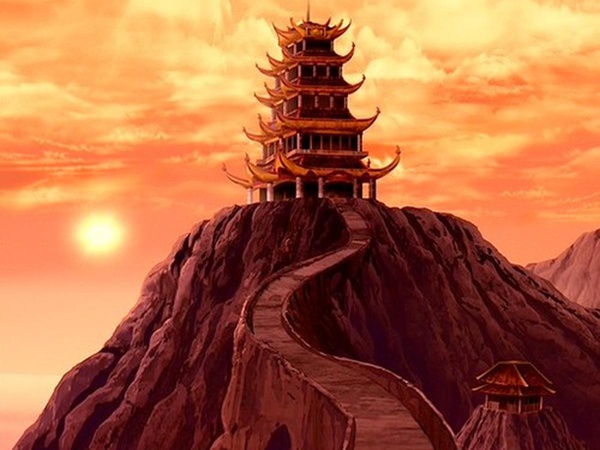
<p style="text-align: center; "><em>"Fire is the element of power. The people of the Fire Nation have desire, will, energy, and the drive to achieve what they want."
</em></p><p> Fire, that most compelling element, embodies propagation – birth and destruction in equal measure. It consumes until it is stopped or sated. From a small territorial claim, the Fire Nation in the world of Avatar colonised most of the known world.</p><p> Although across Fire Lord Ozai and Sozin’s colonies, they left little lasting marks beyond their infamous flags, their penchant for order, hierarchy, and domination is increasingly evident the closer you get to the heart of the Fire Nation.
</p><p><strong>A Unified Front of Ambition
</strong></p><p>Unlike other nations scattered across the map, the Fire Nation stands as the most unified. From the heart of their territory, the ambition of the Fire Lord and elite hierarchy spreads outwards, piece by piece. They decimate opposing forces through constant innovation and their opportunistic nature. </p><p>Firebender architecture is the first sign of industrial influence on the landscape. It is essentially centred around dynamism, respect for the inner sanctum of the Fire Nation capital, and a relentless display of power and desire for more.
</p><p>When the Fire Nation conquers a territory, they establish an industrial sector if it holds strategic value. Otherwise, the original inhabitants' architecture is often left untouched, even if given fire nation decoration. Rural dwellings traditionally incorporate wood and stone, with the latter used less frequently than in Earth Kingdom territories due to the natural absence of earthbending. Islands are favoured for elite and sacred dwellings. Here, houses – even those nestled near volcanoes – are constructed from coarse sedimentary/igneous rocks and wood, allowing for swift assembly and disassembly. Designs beyond the capital are treated as temporary, dynamic structures, favoured over sturdy, permanent ones. The military effort and the volatile nature of the surroundings have likely influenced these choices.
</p><p><strong>Fire is a charge of change </strong></p><p>In stark contrast to the Earth Kingdom's focus on preservation, the Fire Nation embraces change; not in a reactive sense but on their own terms. Buildings on the fringe of the empire are constantly evolving, reflecting the nation's relentless drive for expansion. The focus on the future manifests in stark minimalism, devoid of ornamentation or historical reverence. What matters is function, not the past. During Ozai's reign, conquered Earth Kingdom buildings were repurposed as industrial centres for weapon production, and feats of civil engineering like bridges, and elaborate towers, and with the exceptions of the higher official quarters or dedicated spiritual sites, the built environment was left with little embellishment.</p><p><strong>Hierarchy</strong></p><p>Wherever the Fire Nation resides, be it in cities, outposts, or settled semi-urban towns, the common practice is to build the most important structures as the tallest. These towers act as physical manifestations of power and status. While the most opulent decorations are reserved for the most senior figures in the empire, officials beyond the nations island boast more embellishments than their Earth Nation counterparts.
</p><p>Due to the non-constructive nature of fire, most development relies on industrial means: iron and steam-powered machines, along with scaffolding, buttress divided labour and ingenuity. The only major structure known to be created using bending is the Fire Nation Avatar Temple, constructed using lava bending to form tunnels.
</p><p><strong>The Spiritual Heart of Fire
</strong></p><p>Although Firebenders approach spirituality in a practical manner, using it to fuel their conquests, there is a place in their daily lives and architecture for a reverence offered to fire and the spirits. Hearths and forges, forming the heart of every dwelling, are not merely utilitarian spaces but places of reverence where the untamed spirit of fire is harnessed and celebrated. Yet, this passion is tempered by discipline. Fire Nation design is never chaotic; even the most daring structures have a tempered elegance, reflecting the nation's emphasis on control.
</p><p><strong>The Sun Warriors</strong></p><p>While the dominant Firebending population has been explored, ambition isn't all that fire exemplifies or that its people uphold above all else. The Sun Warriors are an ancient and now-secret sect of Firebenders located in a hidden location on the map. Having spent so long apart, different values and design principles have emerged (or remained).</p><p> Their architecture of light stone and celestial carvings, is focused on reverence for nature and the sun; a stark contrast to the Fire Nation's imposing, dark structures. This physical difference reflects a deeper disconnect. While the Fire Nation burns with ambition, the Sun Warriors seek harmony. Their open-air terraces on maiyan-like pyramids are more lying exposed to than reaching for the sky, a counterpoint to the Fire Nation's closed-off spaces that point upwards as if trying to conquer the air as well. They are a remnant, a whisper of a time when firebenders lived in balance with the world, a stark contrast to the militant juggernaut the Fire Nation has become.
</p><p><strong>Real-world Echoes
</strong></p><p>The Fire Nation in Avatar: The Last Airbender draws heavily from Imperial Japan, particularly during the late 19th and early 20th centuries. Visually, the Fire Nation's architecture reflects this influence, with pagoda-like roofs, sliding doors, and a focus on clean lines and geometric shapes. Their clothing styles share similarities with Japanese garments like kimonos and hakama. But the influence goes deeper than aesthetics. The Fire Nation's expansionist goals mirror Japan's imperial ambitions during this period, with a strong focus on military conquest and resource domination. Their wartime tactics also show parallels, with the Fire Nation utilizing large fleets and surprise attacks, similar to the Japanese strategy in World War II. The show even hints at a societal emphasis on nationalism and martial prowess, reminiscent of the strong emphasis placed on these concepts in pre-war Japan. Furthermore, the Fire Nation's elite firebenders forming a separate social class with control over the military echoes the historical power wielded by the Japanese samurai class. The creators didn't stop there, though. The Fire Nation's propaganda machine, aimed at controlling information and manipulating public opinion, resonates with similar tactics used by the Japanese government during wartime. This creates a chilling portrayal of a nation where dissent is stifled and citizens are kept in the dark about the true costs of war.</p><p>The Sun Warriors, on the other hand, showcase a blend of Southeast Asian and Mesopotamian influences. Their structures are reminiscent of temples like Angkor Wat in Cambodia, featuring tiered pyramidal platforms, ornately carved facades, and an emphasis on connection to the natural world. This reflects their spiritual reverence for the sun and their focus on harmony with nature.
</p><p> The Fire Nation's is a roar, a testament to ambition, innovation, and the ever-present hunger for conquest and the Sun Warriors, a reminder of a forgotten balance. As we move on, we'll turn our gaze to the Water Tribes, where the ever-shifting tides shape not just the landscape, but the very soul of their structures.</p><p>
</p><p>
</p><p>
</p><p>
</p><p>
</p><p>
</p><p>
</p><p>
</p>
Other insights from Joshua Omoijiade
Referral Earning
Points-to-Coupons
Insights for you.






 641
641












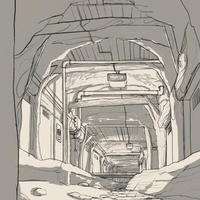

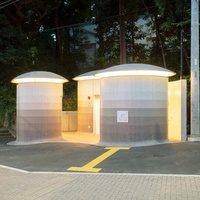



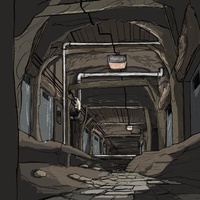

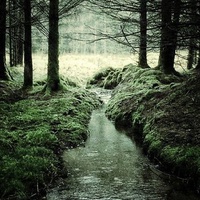






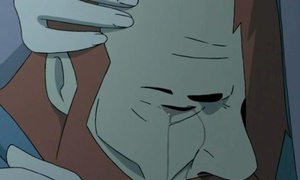




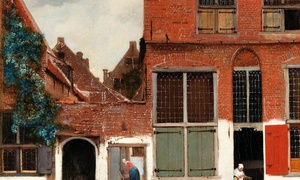

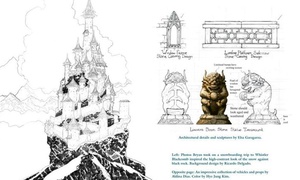





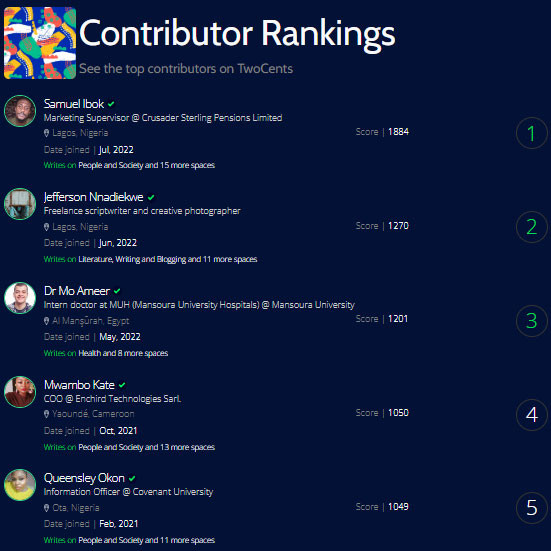


















Comments